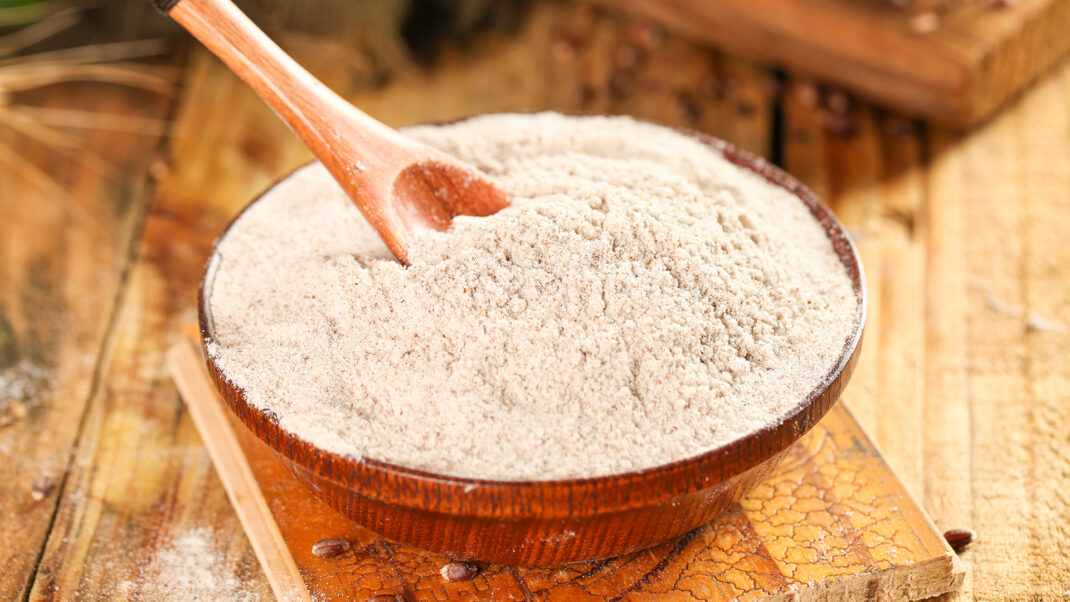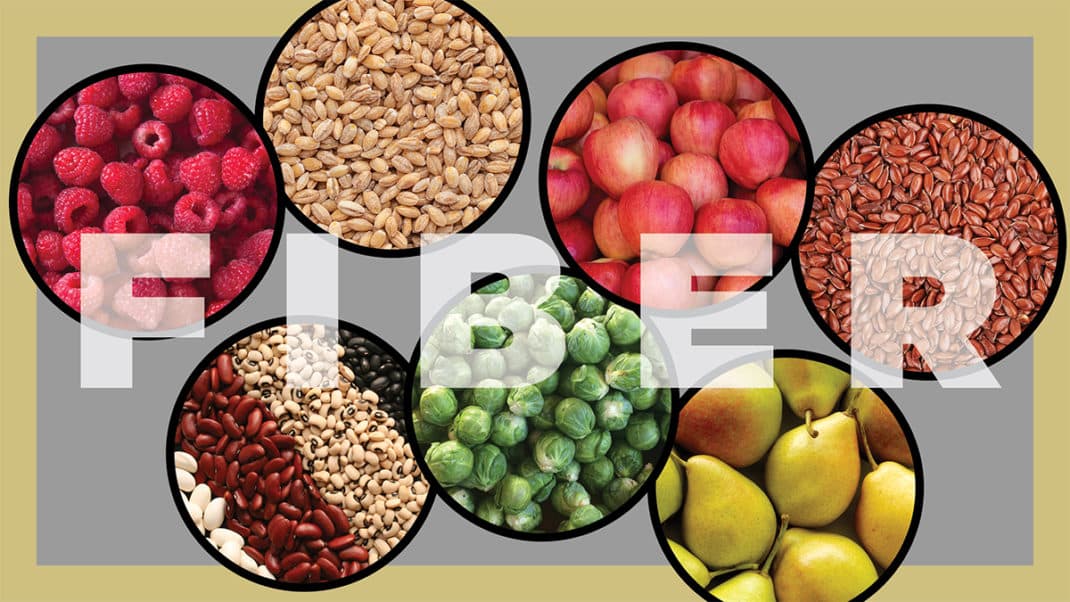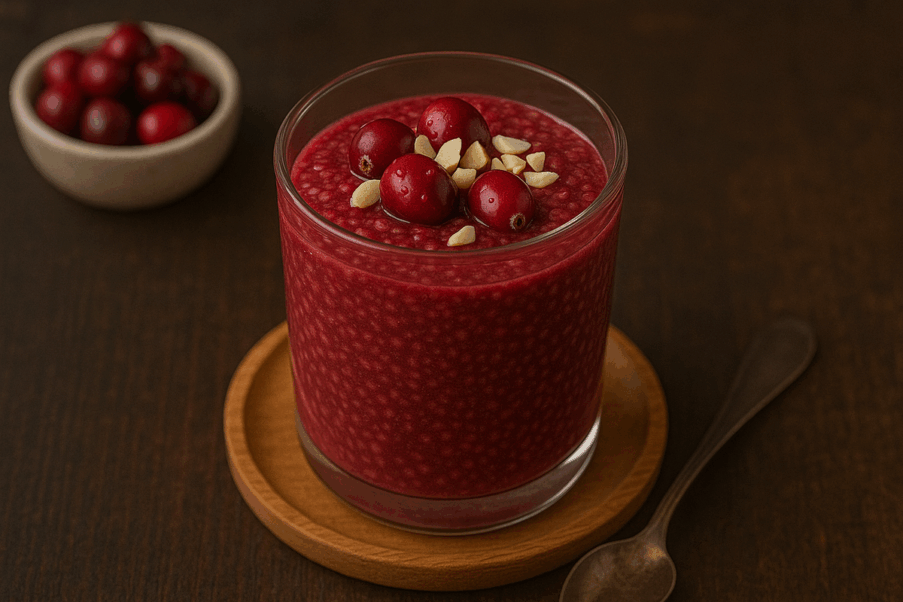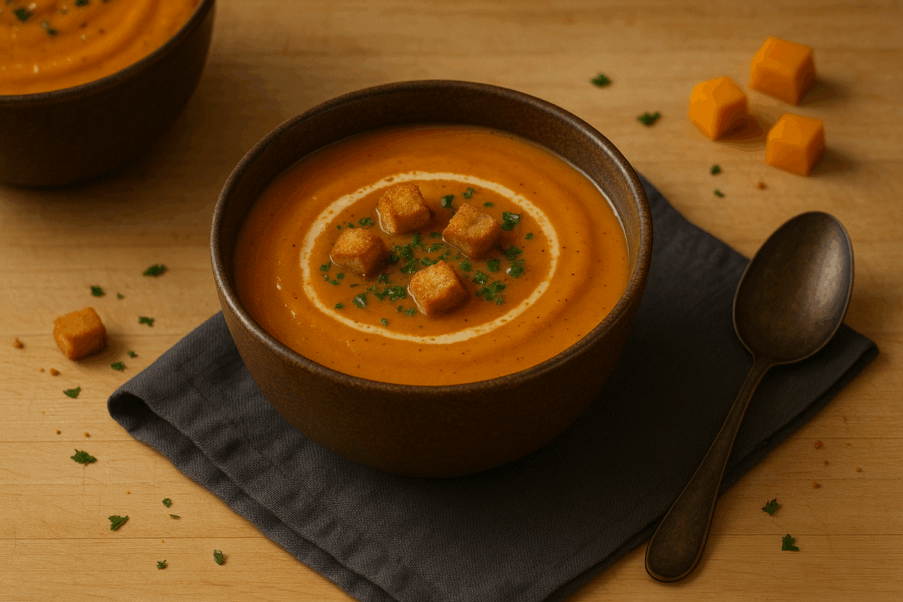
As the awareness of the importance of high-fiber eating and metabolic health spreads, so does the resurgence of psyllium. Psyllium (pronounced “silly-um”) is a form of soluble fiber made from the husks (outer coating) of seeds of the shrub-like Plantago ovata plant that is primarily grown in a few regions of India. As the main ingredient in Metamucil, it is most commonly advertised as a laxative, but psyllium appears to help with more than keeping your bowels running smoothly.
The Upside: A one tablespoon serving of finely ground psyllium powder provides about 30 calories and six to seven grams of fiber, so is a useful way to help overcome the fiber deficit that many people face. Several studies have indeed demonstrated the efficacy of gel-forming psyllium husk in making bowel movements easier and relieving constipation. A recent meta-analysis of 28 studies, with a median psyllium dose of 10.2 g/d (about two tablespoons) for eight weeks, confirmed the efficacy of this soluble fiber for lowering elevated serum LDL cholesterol levels and other markers associated with heart disease. In an American Journal of Clinical Nutrition study involving 35 randomized controlled clinical studies that spanned three decades and three continents, psyllium (mean intake 10 g/d, taken in divided doses before meals) improved glycemic control in those with pre-diabetes and in individuals being treated for type two diabetes. There was no significant effect on fasting blood glucose in healthy subjects with normal blood glucose control. What’s more, by absorbing liquids in your digestive tract to slow down the speed of digestion, it’s believed that using psyllium before meals could reduce appetite and, in turn, help with calorie control and weight loss efforts.
The Downside: If someone is not used to eating much in the way of fiber adding a bunch of psyllium to the mix could bring on stomach woes. While psyllium is generally safe to use, gradually introducing smaller amounts to the diet helps improve tolerance and limit any possible unpleasant GI symptoms. The gloppy texture of psyllium when mixed with liquid is not to everyone’s liking. It’s also important to remember that while psyllium use can help improve cholesterol and blood sugar numbers, there’s no direct evidence that it prevents heart disease or diabetes. The weight loss benefits of adding psyllium to the diet have been a mixed bag in research. Many psyllium products are sweetened with added sugar to make them more palatable. Ideally, people should be using plain psyllium to reduce the influx of added sugars into the diet.
The Verdict: Psyllium is a great source of fiber and may provide a handful of important metabolic benefits, so could be a useful dietary addition for many people. A general guideline is to take about one tablespoon (five grams) of psyllium powder or husk in a cup of liquid 15 to 30 minutes before two to three main meals of the day. Drink quickly as otherwise, it can be difficult to swallow as the mixture will thicken almost immediately. It can also be blended into smoothies and mixed into oatmeal and yogurt. It should be stressed, however, that we can never supplement our way out of a lousy diet. Eating a whole foods diet, full of fiber-rich foods like fruits, vegetables and legumes, should be your first line of defense for staying healthy with psyllium being viewed as a potentially useful add-on.
References
https://www.ncbi.nlm.nih.gov/labs/pmc/articles/PMC6358997/
https://pubmed.ncbi.nlm.nih.gov/27125883/
https://pubmed.ncbi.nlm.nih.gov/26561625/
Matthew Kadey, MS, RD
Matthew Kadey, MS, RD, is a James Beard Award–winning food journalist, dietitian and author of the cookbook Rocket Fuel: Power-Packed Food for Sport + Adventure (VeloPress 2016). He has written for dozens of magazines, including Runner’s World, Men’s Health, Shape, Men’s Fitness and Muscle and Fitness.





